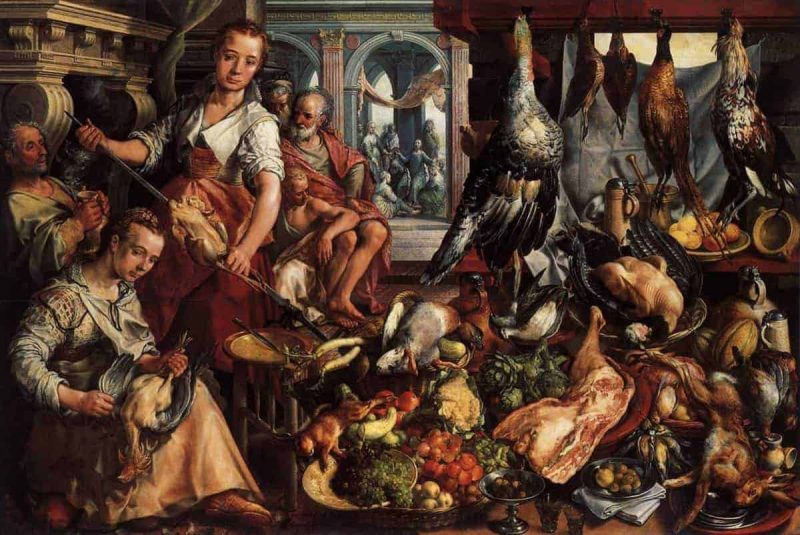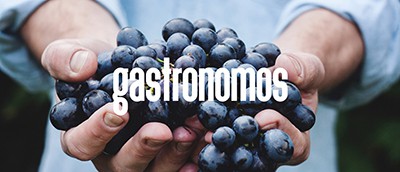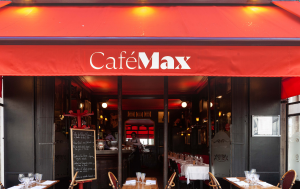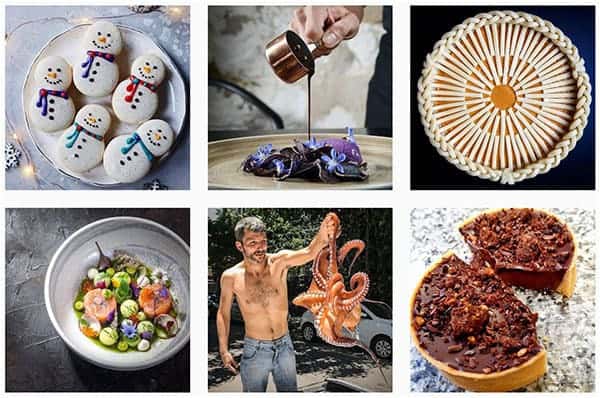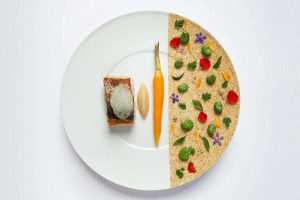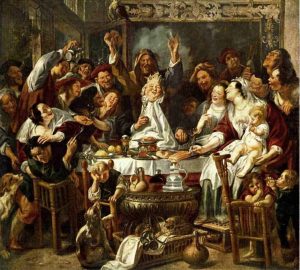
If the reign of Louis XIII (1610 to 1643) was marked by a kind of culinary eclipse after the splendors of the Renaissance, it is under the reign of Louis XIV, Sun King (1643 to 1715), that French gastronomy lives its greatest splendor. This period will set the rules for what “good taste” in food will be. This good taste will quickly permeate the kitchens of other European monarchies.
Decline of spices
The history of gastronomy until the middle of the seventeenth century is marked by the practice of tempering the dishes with a gigantic amount of spices, which, because they are expensive and rare, were true synonyms of luxury and wealth. But this exaggeration in the use of spices made the dishes unpalatable. It was a time when little cared about taste, the word of order was ostentation.

Over the years the spices became easily found in the markets of large cities. There was a banalization of its consumption and the fall of its use in the aristocratic tables was almost immediate.
The aromatic plants were introduced. Thyme, bay leaf, chives, tarragon and rosemary … This change, however simple it may seem, has had a tremendous impact on the history of gastronomy. The strong and excessively spicy flavors were replaced by the freshness, even if still a little unmeasured.
Stews and sauces
Seventeenth-century cooks discover new ways of expressing themselves. In general, they are more technical than their predecessors.
They reduce considerably the number of animals normally consumed. The sugar that once appeared on all dishes is now reserved only for cakes, cereals, egg dishes and dairy products.
Mustard is the last of the seasoned sauces to survive. These are replaced by more fatty and creamy sauces. Butter, eggs, and cream make room for it to best suit the delicate herbal tastes like tarragon, basil and chives.
A new technique to thicken broths appears: the roux (made of butter and flour) is born and is permanently installed in the history of gastronomy. At the same time, emulsified sauces such as the white butter (beurre blanc) and the Dutch sauce are tasted for the first time.
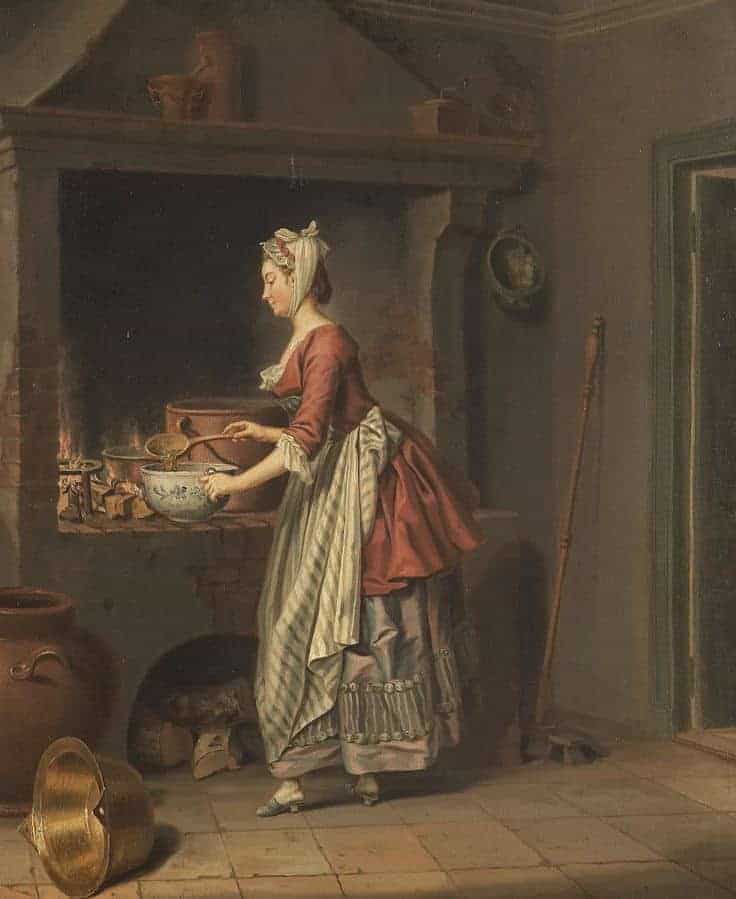
Broth and coulis
The other great innovation are beef broths (beef, mutton, lamb, poultry, kids broth …) usually accompanied by a garni bouquet. One of the most used at that time is the “universal coulis”, a broth enriched with a binder (wheat or almond flour), mushrooms and ground beef.
The Boom of Vegetables and Fruits
This great culinary century also marks the history of gastronomy by the increasing use of vegetables (including vegetables of roots hitherto despised). The salads and fruits are consumed at the court of Louis XIV in unprecedented proportions.

Sun King’s Vegetable Garden
The seventeenth century will be the century of gardeners and you will see the development of gardening and fruiting crops. The most consumed vegetables were the asparagus, the peas, the celery and the artichokes, these reserved only for the aristocratic elite. Fruits were almost always presented in baskets or pyramids at the end of meals.
Fashions and inventions
One fashion is launched: the musses. To allow “to eat without the rough and prosaic spectacle of chewing” is necessary.
It was in this beautiful XVII century that we also observed the birth of jams, jellies, and marmalades. Tea, coffee, and chocolate begin to become elegant drinks.
The technique of lamination using butter invented by LaVarenne will lead to the invention of the plated mass we know today.
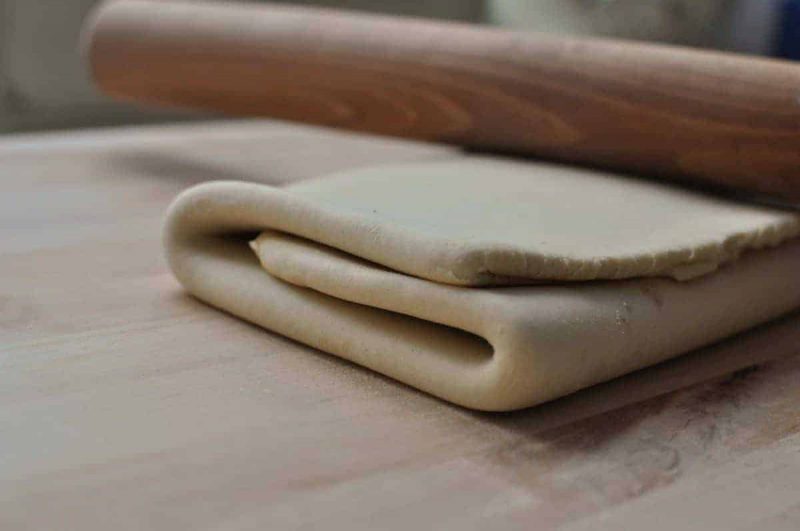
The good manners
The “great gastronomy” did not touch only the aristocracy. The bourgeoisie also profoundly modified its behavior at the table.
The profession of the butler, whose job was to worry about hygiene, refinement and table service, is instituted.
Individual use of knife, fork, and spoon spreads as well as the use of napkin.

Around 1750, tableware found its final shape and enriched with the appearance of the teaspoon.
The dishes will be mainly metallic, while the pottery introduced by Catherine de Medici will remain timid until the end of the seventeenth century.
It was absolutely essential that the dishes placed at the table form a proportional set to give the image of a harmonious and symmetrical table.
But what about the people?
Well … With the model of absolute monarchy of Louis XIV, with the taxes to finance the Thirty Years’ War, the works of the Palace of Versailles, and the good table of the aristocracy, the food left to the people is scarce. It is basically resumed to the consumption of cereals, not only consumed in the form of bread, but also in the form of a thick soup.
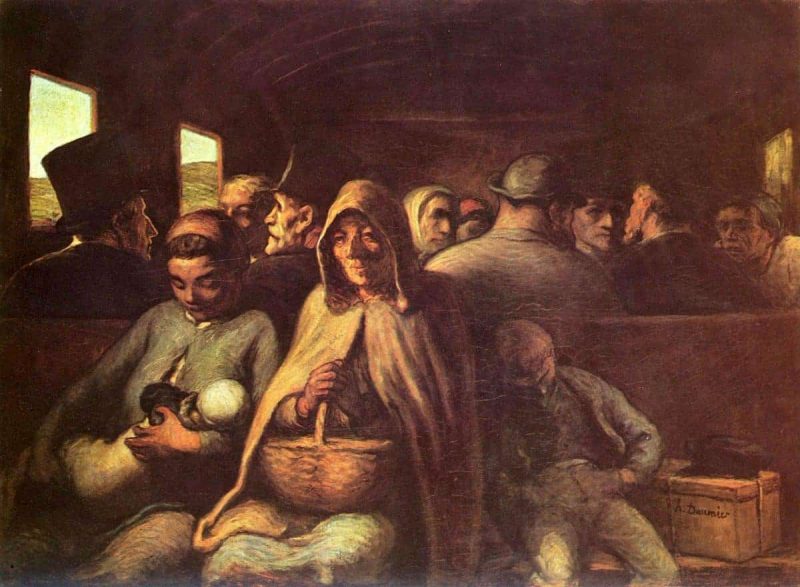
This soup is a “boiled water” in which “herbs” and “roots”, carrots and turnips, leeks, chard, spinach, onions and lots of cabbage and legumes like beans, lentils or peas are dipped. At best, the soup is enhanced with a piece of bacon or lard.
Meat is rare, reserved only for the festivities. Just like eggs, butter, and wine.
Democracy at the table was still awaiting a revolution …
Learn more about the history of gastronomy in the Great Century experienced a unique experience on the tour Versailles and Sun King’s Vegetable Garden
